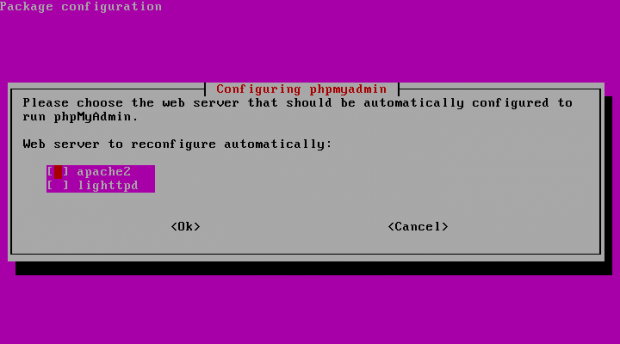
- #Fail2ban phpmyadmin nginx update
- #Fail2ban phpmyadmin nginx code
- #Fail2ban phpmyadmin nginx license
For those regular offenders, I’d like to block it permanently. As fail2ban only block the ip with failed login attempts for a period of time based on bantime settings. Well, actually its configured in the file /etc/nginx/nf with the line: accesslog /config/log/default. '"$http_user_agent" "$http_x_forwarded_for"' Īccess_log /var/log/nginx/access. fail2ban-wp-login tcp - anywhere anywhere multiport dports http,https fail2ban-ssh tcp - anywhere anywhere multiport dports ssh Nginx IP blacklist. Step One: Map Log File Folder I use Nginx Proxy Manager and by default, it puts its access logs in the file /config/log/default.log. Log_format main '$remote_addr - $remote_user "$request" ' location = /xmlrpc.FastCGI sent in stderr: "Unable to open primary script: /home/messi/web/wordpress/index.php (No such file or directory)" while reading response header from upstream, client:, server: request: "GET / HTTP/1.1", upstream: "fastcgi://unix:/var/run/php5-fpm.sock:", host: "here are my configuration files:

#Fail2ban phpmyadmin nginx code
This will reject all access to this file, it will reject the traffic and log it as http error code 403 where it is then picked up in fail2ban in later. In the end this resolved my issue by not trying to catch traffic to xmlrcp.php but by removing the venerability and then measuring and banning those trying to use it.Įdit your nginx config for the enabled site nano /etc/nginx/sites-enabled/nfĪdd the following lines inside your config for this site Hi i was a victim of the same attack i never posted on my stackoverflow account so here is my 1st post to help you with how i resolve this issue.Īnd i felt better about it as i did research on the xmlrpc.php and determined it is a deprecated feature in WordPress im not ever going to use and however you cannot remove the file as its a core object and WordPress goes haywire when removed.
#Fail2ban phpmyadmin nginx update
My question is: If it's (1), is there a way to lift the block automatically without restarting fail2ban or, in case it's (2), is there a way to update my hostname's ip automatically?ĭoes fail2ban uses IPTABLES? Should I cron a chain flush with my hostname's IP on iptables every minute? It appears to me that either: (1) once the ban was set I would have to restart fail2ban to flush the block on my IP (which I dislike due to the fact that all the other IP's blocked are forgotten, the real threats) or (2) somehow fail2ban wasn't able to update my hostname's associated IP. I manually did it and after the DNS spread over and the hostname's ip changed, I tried to access my website/server with no success. Today I was working on the webserver and I got blocked, so I checked my hostname and it hasn't updated my IP. # ban a host which matches an address in this list.
#Fail2ban phpmyadmin nginx license
gitignore LICENSE compose.yaml develop.md docker-ipv6-support.md docker-rootless.md local-instance.md manual-upgrade.md migration.md multiple-instances.md readme.md reverse-proxy.md readme.

# "ignoreip" can be an IP address, a CIDR mask or a DNS host. manual-install nextcloud-aio-helm-chart php tests/ QA. I then added my hostname to my ignoreip entry on the local jail as this: # MISCELLANEOUS OPTIONS Unfortunately, my ISP provides dynamic ips, so I had to associate a hostname to zonomi and use DDNS to update my subdomain with my new assigned IP addresses every so often. The problem is that I was keeping myself locked out every so often during development. I successfully managed to block them using my local jail as this

These two were the most recursive attempts at my server: 'POST xmlrpc.php' request and a 'HEAD '. I've managed to mitigate it using fail2ban by creating a personalized filter for my specific needs: Recently I've been a victim of a POST HTTP slow DDoS attack using different IPs on similar and different ranges on my server. This is my first question here so I apologize if don't comply with the best practices.


 0 kommentar(er)
0 kommentar(er)
